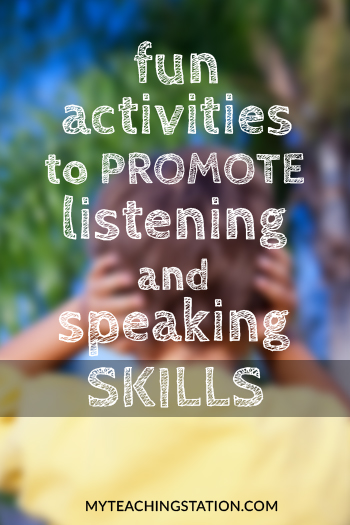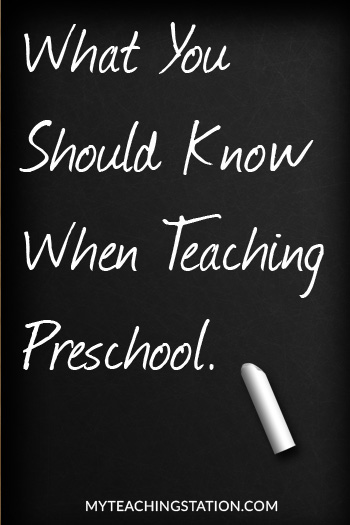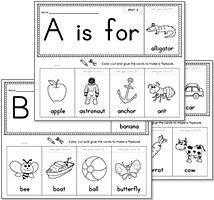
Effective communication skills, both verbal and non-verbal are fundamental in a child's development. They strongly influence important aspects of social, emotional and professional progress.
Children who are given the opportunity to practice their emerging listening and speaking skills are more likely to succeed in the workplace, developing healthy relationships and mastering their emotions.
Help promote effective communication with these popular activities:
- Moving objects
Direct your child to move specific objects such as stackable blocks or pillows to designated spots around the house.
- Describe the picture
Ask your child to describe what they see in a given image or picture. Encourage them to provide details specifically including the scenery, location, expressions, objects, shapes and colors.
- Colored flashcards
Use color-coded flashcards to instruct your child to move and make movements based on the color (Green: Go, Red: Stop, Blue: Jump, Yellow: Walk slowly, Purple: Put your arms up).
- Story time
Collaborate in creating a story with your child, asking them the next event and providing ideas to promote dialogue. For young children, begin a story and ask them to finish it.
- Drawing an object
Draw an object based on your child's description of the object. Once completed, allow your child to see what you produced from their details and ask them what they think.
- Listen and touch
Draw an object based on your child's description of the object. Once completed, allow your child to see what you produced from their details and ask them what they think.
- Play news reporter
Ask questions about a particular event or situation that your child must explain. Encourage them along with facial expressions and gestures.
- Treasure hunt
Provide directions to your child to find the treasure using only verbal clues such as "now you must walk forward 10 steps".
- Hide and seek with a walkie talkie
Give directions and clues to find you through the use of a walkie-talkie radio.
- Book guessing game
Ask your child to make predictions of a story in a book by seeing only the illustrations.





